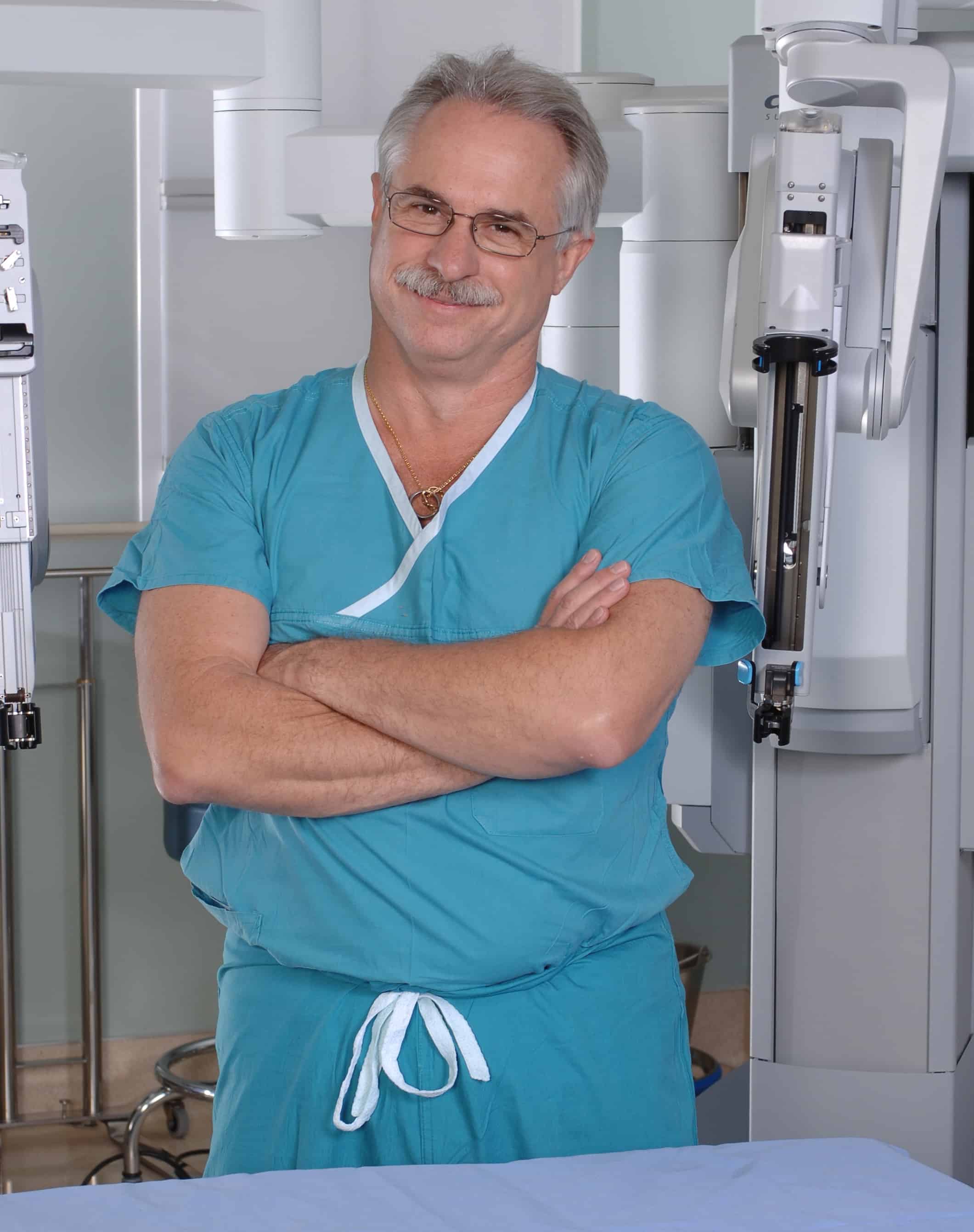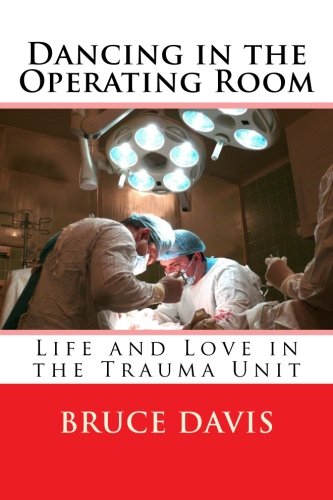I got the call from the radiologist at midday, just as I was about to start my third case in the OR. He called my cellphone directly, unusual for a routine study.
“I just looked at Mr. K’s abdominal x-rays and there’s a surgical needle in the left lower quadrant, right at the level of the anterior iliac wing. Is that something you knew about?”
I got a sick feeling in the pit of my stomach. “No, I didn’t. He had a complex ventral hernia repair two days ago, and we had to lyse some intrabdominal adhesions that were stuck to the hernia sac. I got the x-ray to rule out free air because he had a slight bump in his white count.”
“Well, there’s definitely a curved needle there, either in the peritoneum or in the muscle along the flank.”
Retained foreign body is the technical term used for something that was inadvertently left inside a patient after surgery. Needles and sponges are the most common things that get lost, but even large instruments have been left inside people.
It shouldn’t happen, and despite some misguided perception, we do go to great lengths to ensure that it doesn’t. CMS, the Center for Medicare and Medicaid Services, designates retained foreign bodies as “Never Events,” meaning it should never occur and CMS will not reimburse hospitals for the costs associated with their removal. Leaving aside the rather insulting implication that operating rooms and surgeons don’t take this seriously without some monetary penalty attached to it, the term ‘never event’ is a goal to be sought, but not one that is completely obtainable. We have had systems in place to try to prevent this type of thing for longer than I have been a surgeon and still things get left behind. Part of the reason is human error. Despite checklists, protocols, and honest, earnest effort, sometimes things go wrong. People have been known to make the same counting error repeatedly, like the arithmetic problem you solve incorrectly several times in a row until the teacher points it out to you. Sometimes, it can be put down to desperate situations in a trauma or acute surgical emergency where there just isn’t time to do a good count. Even doing an intraoperative x-ray before closing doesn’t always ensure that something wasn’t left inside. Recently attaching RFID chips to sponges and instruments has been proposed, but that proposal relies on an x-ray lo locate the object once the RFID chip has alerted in a general area.
I have been directly involved in three retained foreign body incidents in my career, none where I was the surgeon responsible (thank God), and in each, there was documentation of at least two correct sponge and needle counts during the case.
I have reviewed several more of these as a peer reviewer or as an expert witness and have seen only one instance of a surgeon demonstrating a cavalier disregard of the correct counting procedures. In one case, the surgeon even got an intraoperative x-ray because she doubted the count and the radiologist missed the retained sponge despite the radiopaque marking strip attached to it. No system can be absolutely foolproof every time, but we do try.
I delayed my third case long enough to bring up Mr. K’s x-ray on the computer and sure enough, there was a surgical needle in his left abdomen. It looked like a CT-one sized atraumatic needle, the same kind I used to sew the mesh into his fascia during the hernia repair. We had done a component separation as part of the repair and, although I didn’t recall having any problem in that part of his abdomen when I sewed in the mesh, I had dissected that area.
I finished my third case, informed the control desk that I might be adding on a case, and went to talk to Mr. K.
My face must have given me away, because as soon as I walked into his room he asked, “Is something wrong?”
“Yes, sir,” I said. “That x-ray we took today showed something unexpected.”
Before I could continue he laughed. “You found the needle, didn’t you? I thought you we going to tell me some bad news.”
“You know about it?” I asked, nonplussed.
“Sure. It’s been there since they took my kidney out back in 1982.”
I recalled that he had had an emergency nephrectomy and splenectomy for trauma in the past. In fact, it was that midline incision that had led to the hernia that I had just repaired.
“So, this isn’t new,” I said, relieved. “If it hasn’t caused any problems by now, it likely won’t.”
“That’s what the guy who left it in there told me,” Mr. K said. “He told me about it right away and said he could take it out once I’d recovered from the emergency surgery. It’s supposedly in the muscle by where my kidney used to be. I didn’t want any more surgery, and he said it wouldn’t cause harm as long as it didn’t move. We got x-rays for a few years until I just forgot about it.”
We both had a brief laugh at my panic and he went on to recover without further incident. I can’t say I’ve changed my practice as a result, but I never moan or complain about a closing count delaying the case and whenever we get an x-ray because of a confused count, I make sure to review those images myself before finishing the operation. The potential cost is just too high.
Like What You’re Reading?!
Get Dr. Davis’s new book, Dancing in the Operating Room, a collection of these and other short essays about life and love in the world of surgery and medicine, now available from Amazon in print or as an e-book. Check it out!



 Bruce Davis
Bruce Davis
